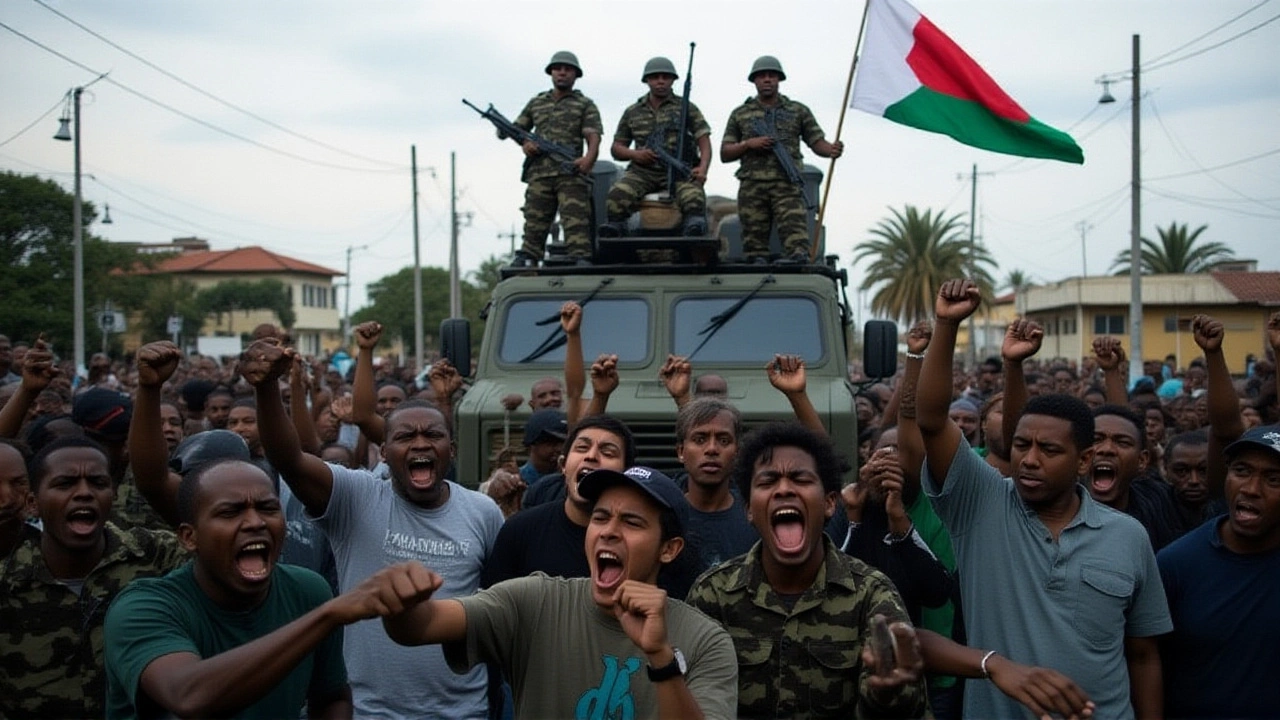Army News and Insights
When talking about the army, the organized land, sea and air force that protects a nation’s sovereignty and enforces its policies. Also known as military forces, it plays a core role in national security, disaster response, and international peacekeeping. The F-15J jet, a single‑seat, air‑to‑air fighter used by Japan’s Air Self‑Defense Force exemplifies how modern armies extend their reach through advanced aviation, while firearms regulation, the legal framework governing the ownership, trade and use of weapons shapes the army’s access to critical equipment and influences internal stability. These elements together form the backbone of any credible defense strategy.
How the Army Connects with Aviation and Regulation
The army encompasses military aviation, which means fighter jets, transport planes and drones become integral parts of ground‑based operations. When Japan’s F‑15J fighters landed in the UK for the first time, it highlighted a growing trend: international defense partnerships boost an army’s capability by sharing technology and training. Such collaborations shape procurement decisions and force readiness, linking the army’s core mission with foreign air assets. At the same time, effective army strategy requires accurate firearms regulation; strict licensing and tracking can prevent weapons from falling into the wrong hands, reducing internal threats and supporting disciplined force deployment. Together, these relationships illustrate that a modern army doesn’t operate in isolation—it needs both air power and sound legal frameworks to succeed.
Recent headlines reinforce these connections. Kenya’s television blackout during a political transition raised concerns about press freedom, reminding us that army involvement in domestic security can have far‑reaching political implications. In South Africa, the Economic Freedom Fighters’ support for Julius Malema’s firearm case shows how weapon laws intersect with political movements, potentially affecting army recruitment and public perception. Meanwhile, Japan’s “Atlantic Eagles” mission, sending F‑15J jets to Europe, underlines how defense partnerships influence regional stability and create joint‑training opportunities that benefit participating armies. Each story adds a layer to the bigger picture: armies adapt to geopolitical shifts, legal environments, and technological advances.
Within the African context, the army often balances traditional roles with emerging challenges. Eskom’s partnership with BYD on electric vehicles points to a future where armies might adopt greener logistics, reducing fuel dependency and supporting national energy goals. Meanwhile, the surge in mobile subscribers reported by Telkom highlights the importance of secure communications for army units operating in the field. These trends show that modern armies are intertwined with broader societal developments—from energy policy to digital connectivity—making them key players in national progress.
Below you’ll find a curated collection of articles covering deployments, aviation milestones, legal debates over firearms, and the way armies intersect with politics, technology and infrastructure across Africa and beyond. Dive in to see how each piece fits into today’s evolving security landscape.
Madagascar President Decries Illegal Power Grab After Army Mutiny
President Rajoelina declares an illegal power grab after a military mutiny in Antananarivo, sparking casualties, economic shock, and international condemnation.
